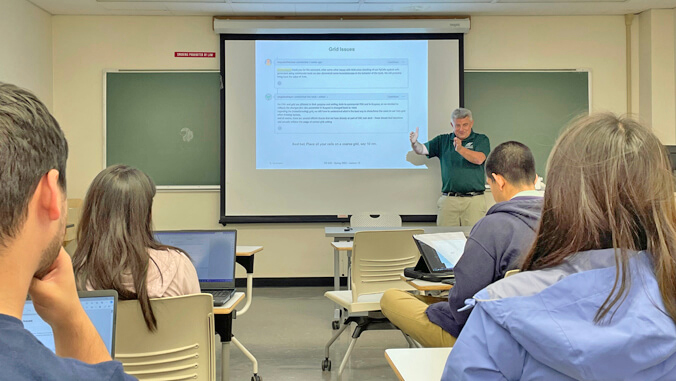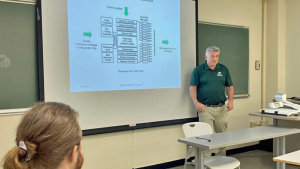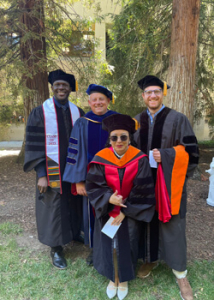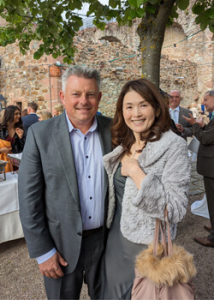
Microchips are essentially the brains behind widely used, modern day technology like smartphones, home appliances, medical devices and more. Boris Murmann, an internationally renowned expert in microchip and semiconductor development, left Stanford University for the University of Hawaiʻi at Mānoa College of Engineering and has big plans for his students and the state of Hawaiʻi.

“I want to educate our future engineers on this technology and start designing microchips locally,” said Murmann. “This is a very exciting moment to get into the game because there are new talents and new ideas needed, and Hawaiʻi is trying to diversify away from tourism and invest more in tech.”
Keeping the U.S. at the forefront of tomorrow’s industries
The U.S. production of microchips and semiconductors received a major boost in August 2022 when President Joe Biden signed the CHIPS and Science Act, which is investing in research and development to keep the U.S. at the forefront in the industries of tomorrow, including nanotechnology, clean energy, quantum computing and artificial intelligence. Murmann wants to capitalize on that momentum here in Hawaiʻi.
He plans on doing that by making the once secretive field of chip design more publicly available and democratized. Murmann is teaching an electrical engineering graduate course (EE 628) where students design their own chips using open source technologies that were not available just a few years ago.

“This is just the beginning of a new way of doing chip design, getting people excited about it and being a lot more productive than we used to be,” Murmann said. “You read a lot about AI and machine learning and how successful that is. A lot of this success actually comes from sharing and building on other people’s work. This is also going to happen in chip design and I want to be one of the drivers behind this new movement.”
He additionally wants to connect with leaders in the industry to help establish a pipeline to help get UH Mānoa graduates into well-paying and impactful jobs in Hawaiʻi.
“There is not much semiconductor business here on the islands,” Murmann said. “Once you start educating the students, they will go out and start companies. It’s a matter of having the ecosystem and having it covered well at the university. That’s how most of the established players got started.”
Prior to joining UH, Murmann spent 20 years as an assistant, associate and full professor in the Department of Electrical Engineering at Stanford University. He has numerous awards and accolades and also worked as a consultant with Silicon Valley companies.

Murmann worked on a variety of leading-edge projects at Stanford. For example, he was involved in the development of a chip for an artificial retina to restore vision for people who have diseases such as macular degeneration. Additionally, he worked on machine learning chips for the Internet of Things and the exploration of machine learning techniques for chip design, which he will continue at UH.
“I viewed this opportunity of moving to a new place basically as a way of reinventing myself and doing something a little bit different with a different focus, and perhaps at a place where these activities will be beneficial to the local community,” Murmann said.
“Boris had spent some time here at UH teaching and working with some of our students and faculty so he came in with a good understanding of what we were trying to accomplish here in Hawaiʻi and what some of those opportunities for growth and contribution were,” College of Engineering Dean Brennon Morioka said.
—By Marc Arakaki

